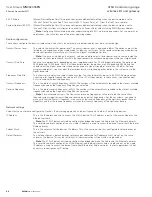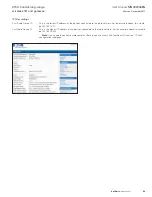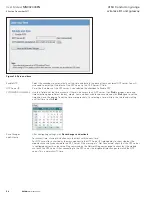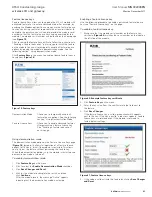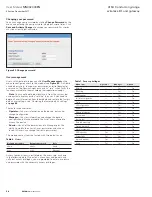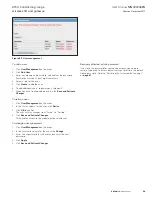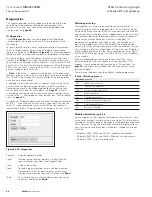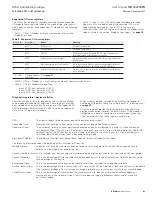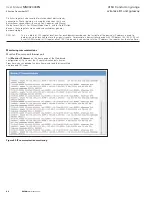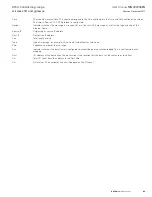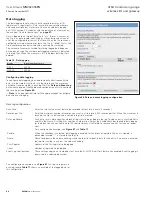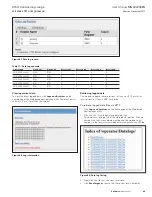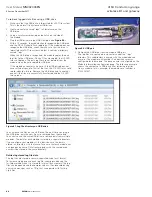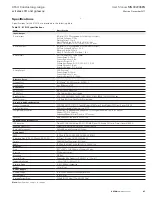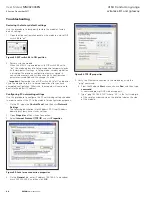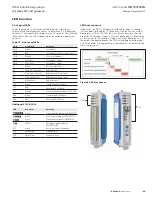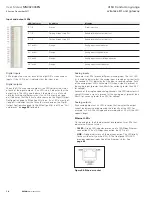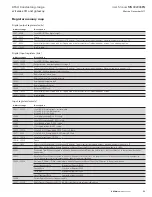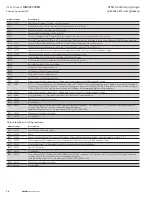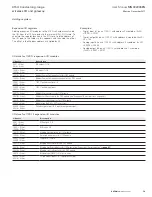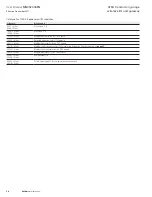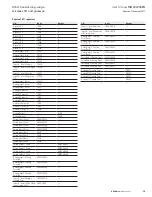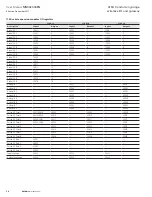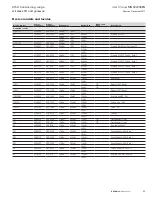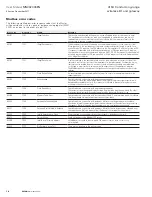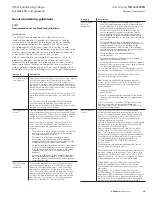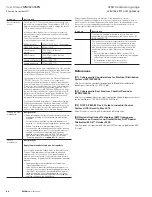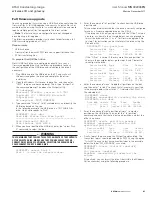
66
User Manual
MN032006EN
Effective December 2017
415U Condor-long-range
wireless I/O and gateway
EATON
www.eaton.com
To retrieve logged data files using a USB drive
1. Make sure that the USB drive is formatted for a FAT file system.
This is the normal file system on USB drives.
2. Create a directory named “logs” (all lowercase) on the
USB drive.
3. Using a small screwdriver, open the hatch on the side of
the module.
4. Plug the USB drive into the USB Host port (see
Figure 99
).
Within 10 seconds, the module should recognize the USB drive
and the OK LED should flash red-green. If the module does not
recognize the USB drive, check to make sure that the drive is
formatted with FAT file system and that it contains a directory
named “logs”.
When the USB drive is recognized, the module copies the data
log files to the USB drive. Once all files are copied, the OK LED
turns solid green. The data log files are not deleted from the
module when they are copied to USB drive.
If the module encounters an error or if the USB drive does not
have sufficient space to fit all of the files, the OK LED turns solid
red to indicate a failure. Remove the USB drive and try another
one until the files are successfully transferred and the OK LED
turns green.
Figure 90. USB port
5. Remove the USB drive from the module USB port.
The log files are contained in a directory under the “logs”
directory. This subdirectory is named with the module device
name, or the module serial number if no device name was
configured for the module. The device name is configured on the
Module Information configuration page. The following example
shows the contents of a USB drive after retrieving log files
from a module. In this example, the module serial number is
01234567837.
Figure 91. Log file directory on USB drive
You can leave the files on the USB drive. The next time you plug in
the USB drive, only the new files are retrieved from the module.
You can also use the same USB drive to retrieve data from multiple
modules. The data for each module is stored in a separate directory.
If you configure your modules with a device name, the data is
stored in a directory with that name. Take care that each module has
a unique device name. Data from modules with the same device
name will be stored in the same directory.
Retrieving stored log file data
The log files are stored in comma-separated-value (.csv) format.
To increase storage space, each log file is compressed using the
Tar-Gzip method when it is stored to internal flash memory. The log
files can be opened and the compressed .csv files recovered using
an archive manager, such as 7-Zip, that can operate with Tar-Gzip
(.tgz) files.

